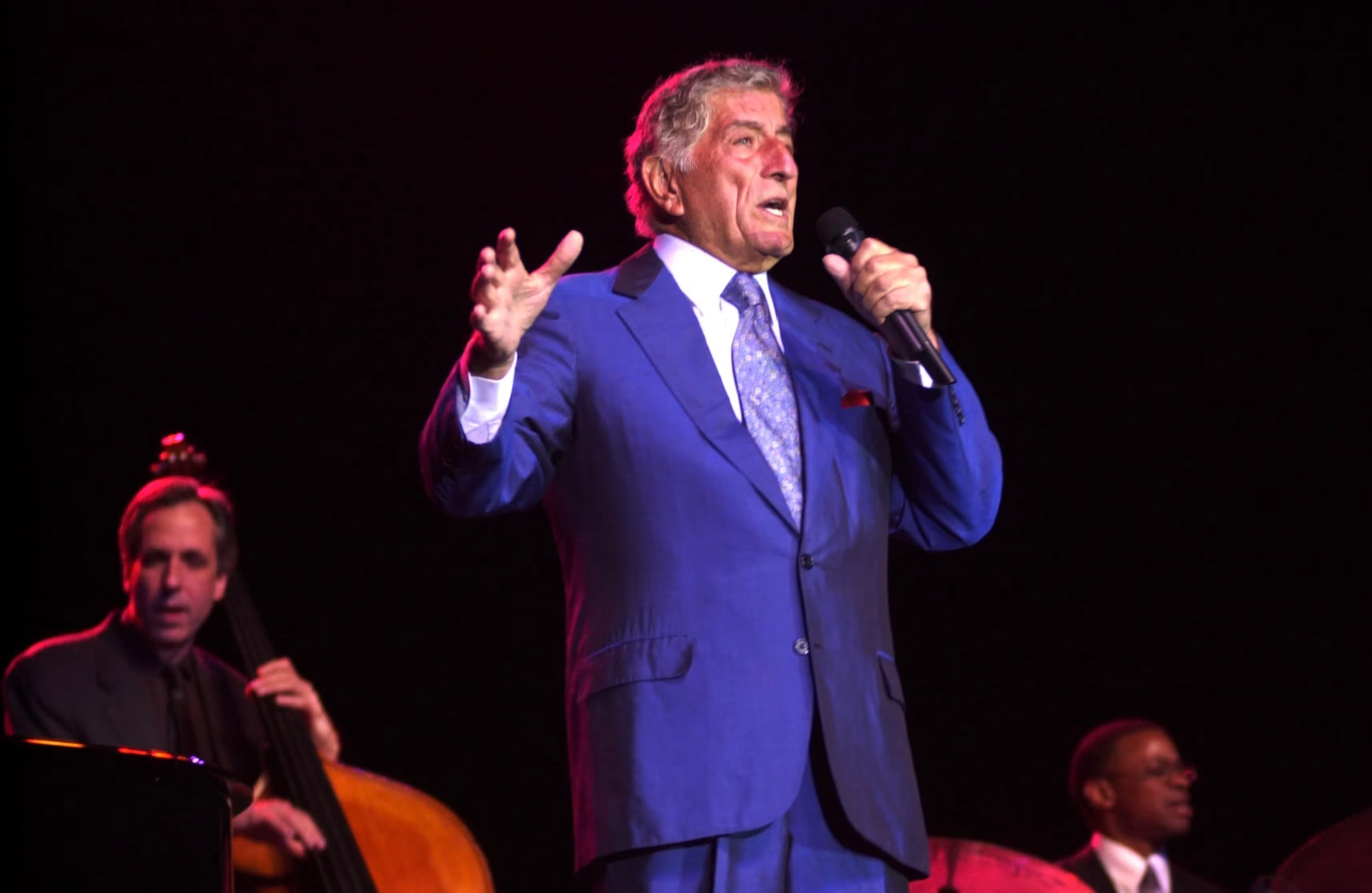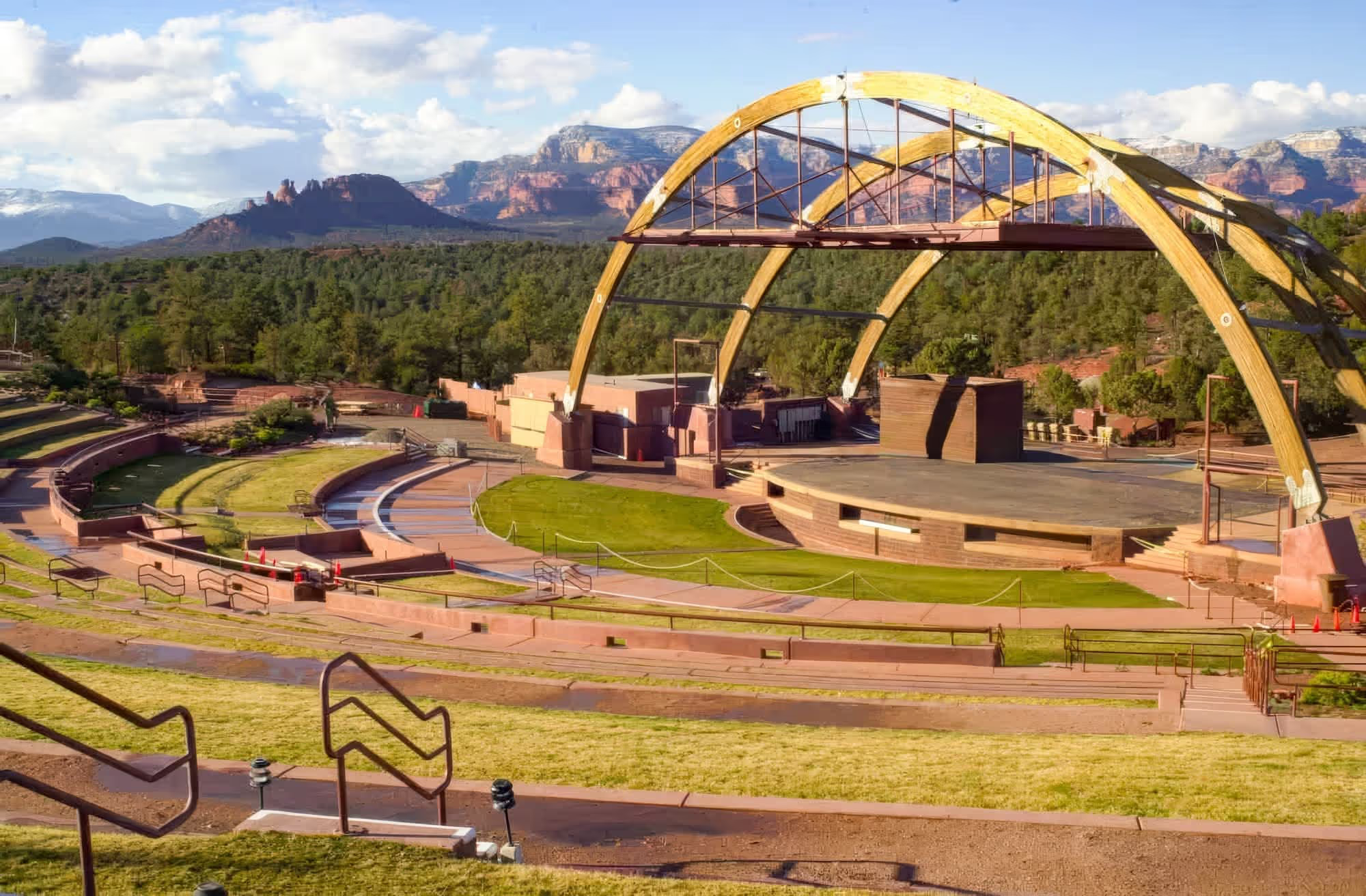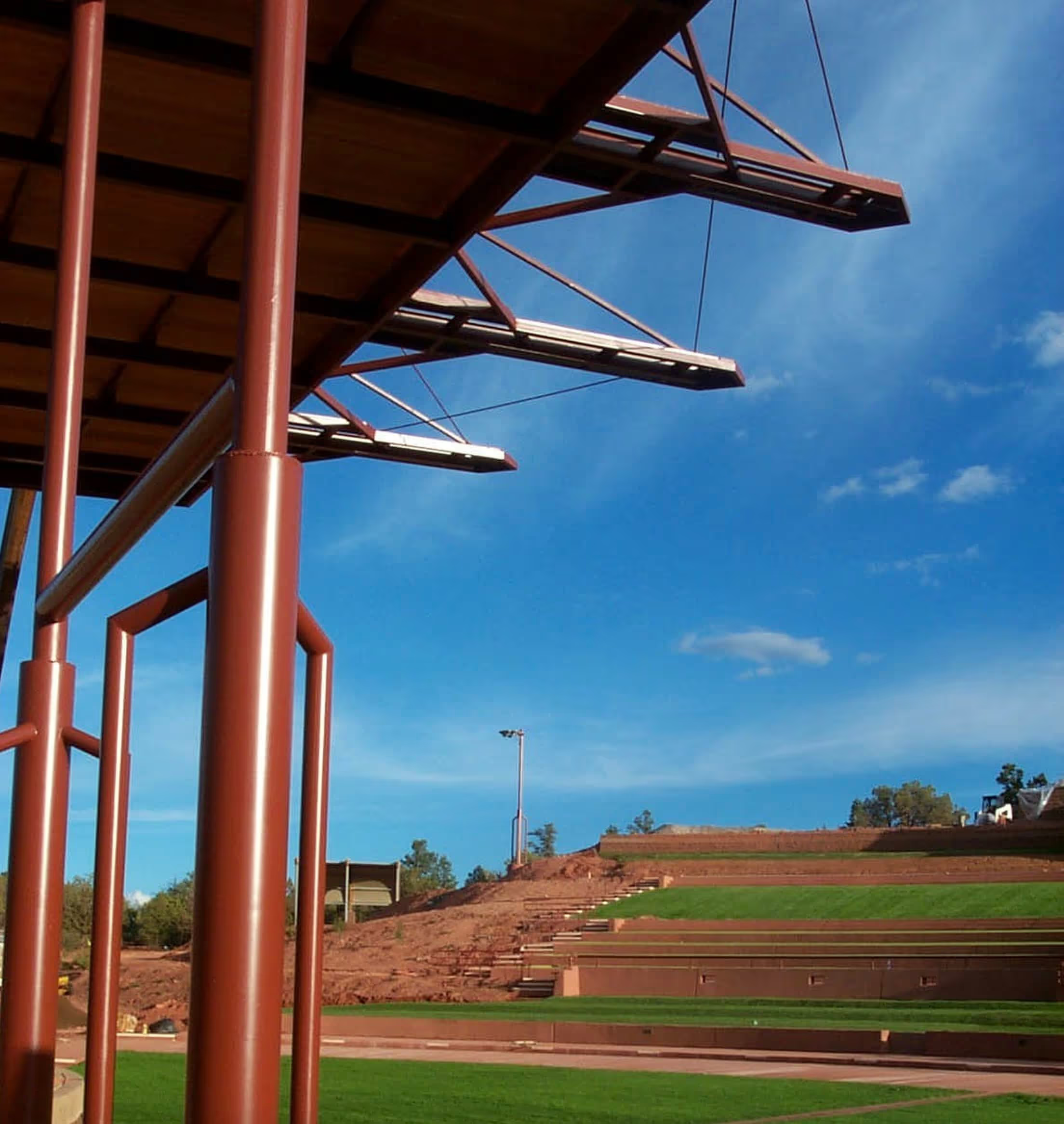Sedona Cultural Park Master Plan
Preserving Sedona's original promise
In 1996, this land came to Sedona through a National Forest Service exchange with one purpose: serve the public. The community voted to create a cultural park.
That vision included an amphitheater, arts village, artist-in-residence studios, museums, educational facilities, film school, mixed-use theater, festival grounds, National Forest Service interpretive center with trailhead facilities, and dedicated natural open space.
A place where the arts, music, nature, and community could flourish together.
It was designed to preserve the character of Sedona and honor its breathtaking natural environment, ensuring that growth would remain in harmony with the land that inspires it.
We're here to complete that promise.

When legends played among the red rocks
From 2001-2003, the community came together for something magical. Willie Nelson and Tony Bennett graced that stage. Al Jarreau, Norah Jones, Lynyrd Skynyrd, and Gordon Lightfoot performed under Sedona's starlit sky. Local high school graduations and community festivals brought the Verde Valley together in this breathtaking space.
This is what we can restore.


Twenty years of dormant dreams
Private ownership and neglect let this community treasure deteriorate, but the dream never died. Financial mismanagement led to bankruptcy, not a failure of the vision itself. The structure stands sound. The location remains perfect. The community support that built this place still exists.
We're here to complete what was started.
More than concerts
Local graduations, festivals, yoga in the red rocks, holiday events and dance performances can bring the Verde Valley together again in this special place. The amphitheater was designed for flexibility, accommodating intimate 1,500-person community events up to 5,500-capacity concerts.
This is about fostering a sense of belonging for all.


Jobs, revenue, and debt relief
A restored amphitheater creates construction jobs, ongoing operations work, and hospitality opportunities. Summer programming fills the employment gap when hotels and restaurants typically lay off workers.
Performance revenues help pay down the city's $910,000 annual bond debt. Ticket taxes, parking fees, concessions, and increased lodging tax revenue can further support the development of affordable housing.
